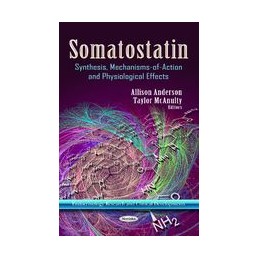- Reduced price

Order to parcel locker

easy pay


 Delivery policy
Delivery policy
Choose Paczkomat Inpost, Orlen Paczka, DHL, DPD or Poczta Polska. Click for more details
 Security policy
Security policy
Pay with a quick bank transfer, payment card or cash on delivery. Click for more details
 Return policy
Return policy
If you are a consumer, you can return the goods within 14 days. Click for more details
Data sheet
Reference: 49132
Author: Cheryle R. Hart
How to Turn Off Your Body's Fat-Making Machine
Reference: 11303
Author: red. wyd. pol. Witold Woźniak
Tom 1-3 Łacińskie mianownictwo anatomiczne
Reference: 84125
Author: John Ross
Analysis of Chemical, Biological, and Genetic Networks
